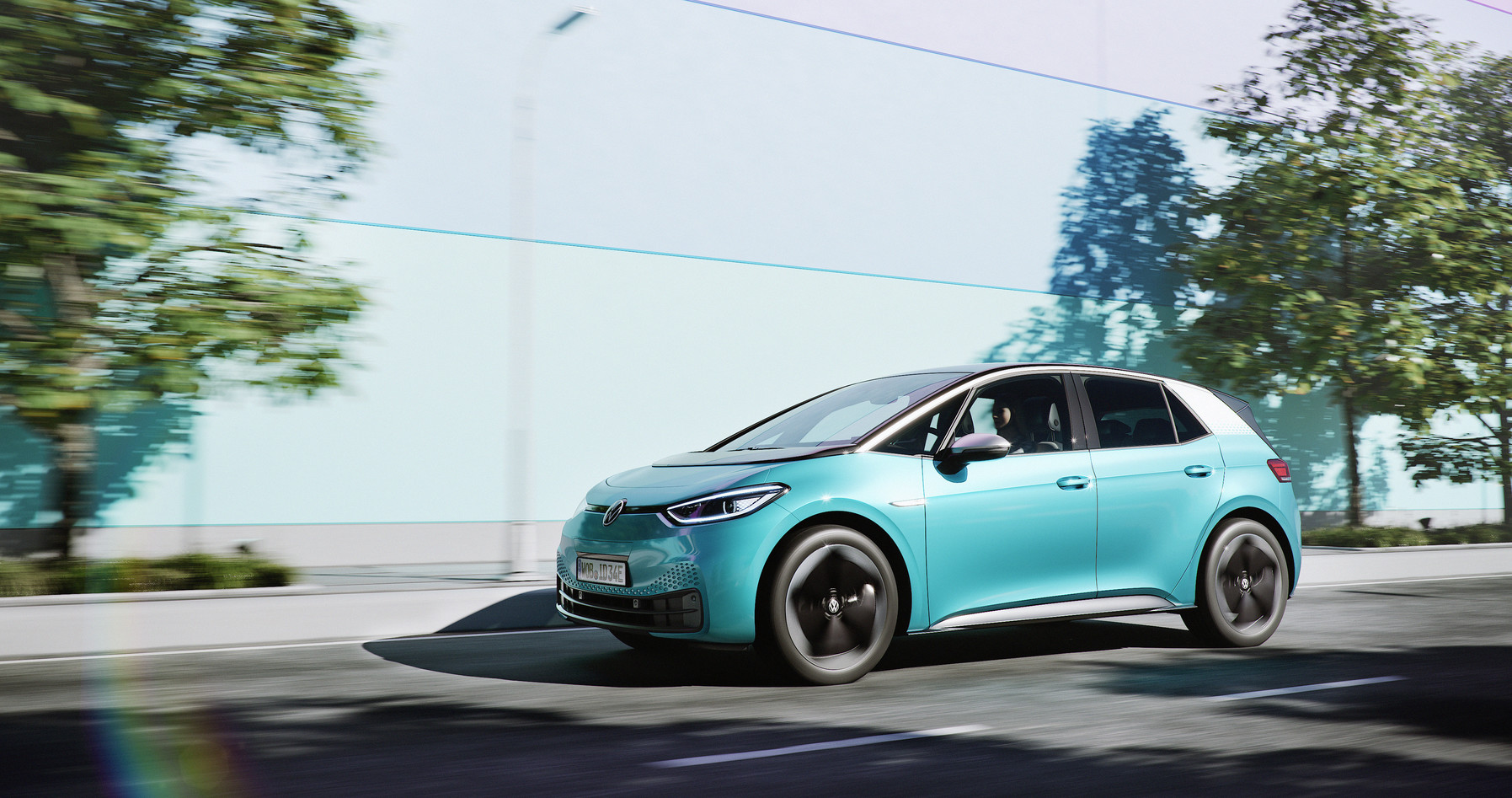On the occasion of the imminent launch of its long-awaited electric compact ID.3, Volkswagen has published an exciting compilation disassembling a total of seven misconceptions that are still attributed to electric cars.
The first of the myths dealt with by Volkswagen is a mantra that has been repeated for some time by the sectors most critical of the electric car: “Electric cars are just as harmful to the environment as conventional cars.” Taking into account that today, an electric vehicle produces less carbon dioxide emissions than gasoline, diesel, or any hybrid model. This data has been obtained from numerous studies by independent scientists and organizations, including the Fraunhofer Institute, Agora Verkehrswende, and the German Federal Environment Agency.
Besides, the ‘Sweden Study’ carried out by the Swedish environmental institute IVL, often cited by critics of the electric car for considering that the production of battery cells involves high carbon dioxide emissions, has recently corrected and reduced its estimates (currently, the study believes that the carbon dioxide emissions associated with the production of batteries are half of what was previously calculated).
The great advantage of the electric car is that if we use electricity from renewable sources to manufacture the cells or to charge the vehicle, then sustainability is assured. For this reason, Volkswagen announces that the ID.3 is the first car in the world manufactured to have neutral carbon dioxide emissions from the supply chain and production until the end of its useful life.
The second myth is about the price of electric cars: “Only people with high incomes can afford an electric car!” In this case, Volkswagen cites that its ID.3 Pure (330 km WLTP autonomy) will have a starting price of fewer than 30,000 euros, which will stay at just under 23,430 euros in Germany once state subsidies are applied. This will make it less expensive than equivalent models such as a Golf Life 1.5 TSI (gasoline, 26,640 euros) or a Golf Life 2.0 TDI (diesel, 28,105 euros). The ID.3 Pro (420 km WLTP) will be priced similar to diesel after the state grant (€ 28,430).
Also, thanks to lower operating costs, ID.3 drivers will save 70 euros a month compared to a thermal car. Since electricity is cheaper, they pay fewer taxes and they benefit from insurance with more competitive prices. On the other hand, electric vehicles currently retain their residual value in a similar way to combustion.
The third myth is that of aging batteries: “Batteries degrade too quickly and cannot be recycled.” Volkswagen claims that the batteries in its electric cars are designed to last the life of the vehicle; therefore, for eight years or 160,000 km, it guarantees that its packs will retain at least 70% of their capacity. This confidence is due to the active thermal management used in the batteries, as well as its electronic management system.
Besides, once the useful life of the vehicle has ended, the battery can be recycled to recover raw materials such as nickel, manganese, cobalt, and lithium. For this reason, Volkswagen is going to open a recycling plant in Salzgitter this year to process 1,200 tons of materials, which is equivalent to about 3,000 batteries. In the years to come, its capacity will be increased.
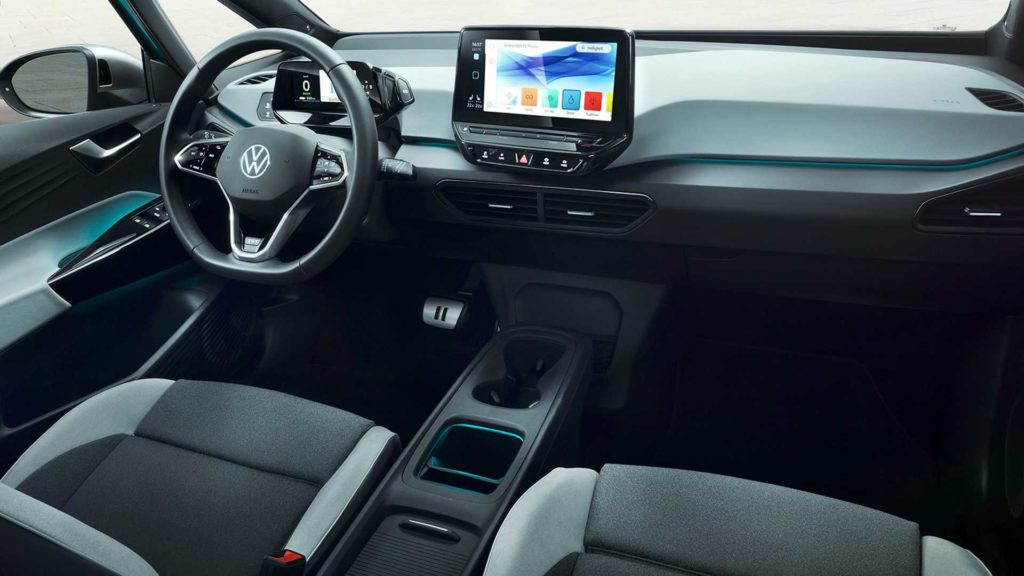
The fourth myth refers to the autonomy of this type of vehicle: “Electric cars are only for short distances, especially in cold climates!”. Thanks to the fact that the batteries are now significantly more capable than before, compact models like the Volkswagen ID.3 Pro S can achieve autonomies of 550 km (WLTP).
Also, the charging speed is continuously improving, because while the e-Golf charged at 50 kW of power, the ID.3 Pro does it at 100 kW, allowing it to recover 290 km in just 30 minutes. The ADAC (German Automobile Association) considers an electric car suitable for long trips if it can improve 200 km or more in 30 minutes.
Nor should we lose sight of the fact that the public cargo network is becoming more extensive; for example, Volkswagen is one of the driving forces behind IONITY, an initiative that by the end of the year will have a total of 400 ultra-fast charging stations spread across Europe. The goal is that in the future, there will be an IONITY station every 120 km, with a total of 2,200 future stations currently under study.
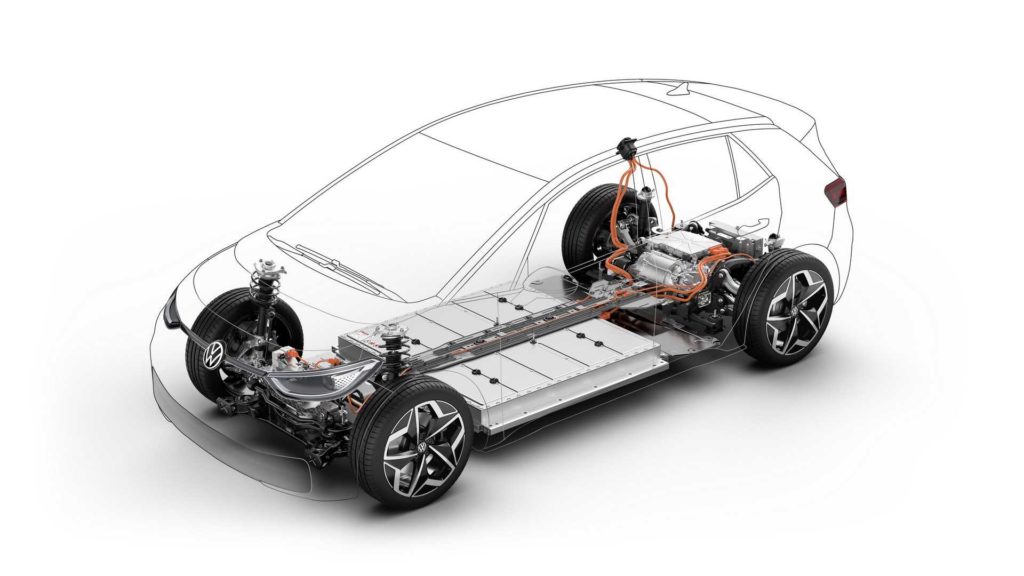
The fifth myth is also about charging: “There are few places to charge electric cars!” Volkswagen uses as a counterexample the German cargo network, which has gone from 6,700 public points in the first quarter of 2018 to 24,000 points in spring.
Although numerous different providers manage the points, Volkswagen offers the WE charging card, which can be used at around 150,000 charging points across Europe without the need for a card or app specific to each provider. On the other hand, the WE Charge app allows users to search for charging stations.
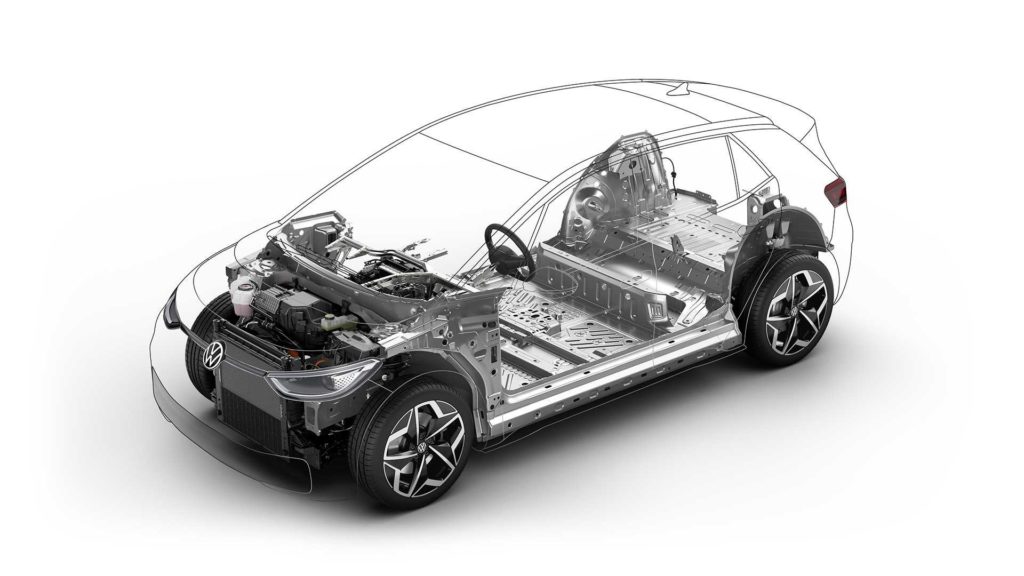
The sixth myth is possibly one of the most striking: “Electric cars catch fire easily, and the fire is difficult to extinguish.” This recurring theme in public opinion is dismantled by Karl-Heinz Knorr, vice-president of the German Association of Firefighters: “Electric cars do not burn more severely or frequently than gasoline or diesel vehicles, simply in a different way. Tests by ADAC have also repeatedly shown that the risk of fire is as low for electric cars as it is for internal combustion cars.”
In the specific case of ID.3, Volkswagen points out that unique safety systems minimize the risk of fire: in the event of an accident, the electric current is interrupted immediately. The battery is protected by a particular structure to prevent damage and the basses have comprehensive protection for the first time in a brand model.
The seventh and last myth refers to the manufacture of batteries: “There are not enough raw materials, and their extraction harms people and the environment!” Despite the growing demand for raw materials such as lithium and cobalt, a shortage of them soon is unlikely, as experts estimate that world reserves will last about 150 years. Furthermore, Volkswagen is designing solutions to ensure a reliable supply chain in the distant future.
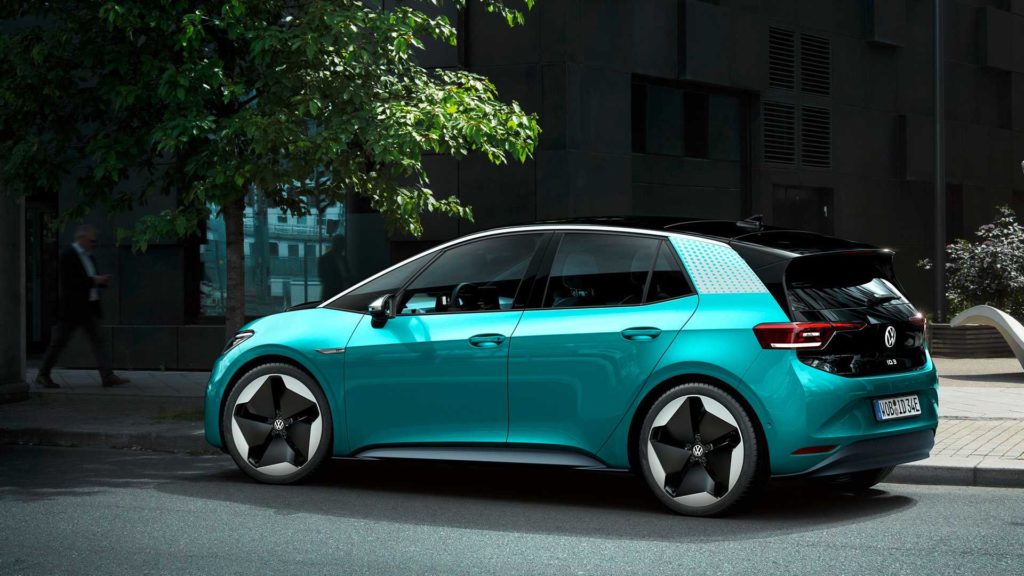
On the one hand, the German group is studying the development of cells equipped with other materials (for example, cobalt-free); on the other, the recycling of batteries will allow the recovery and reuse of raw materials, which will tackle the problem of the possible shortage. Furthermore, Volkswagen requires that its suppliers comply with a series of strict standards of sustainability and protection of human rights in the extraction of raw materials.

